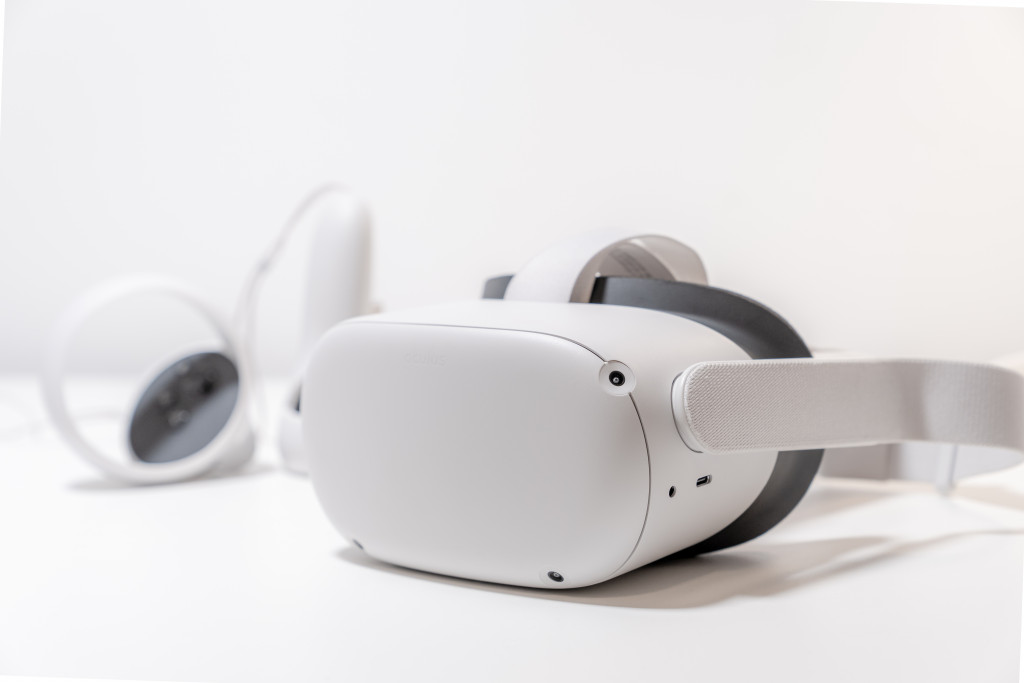Improved medical technology has helped people to survive the pandemic. For example, masks can filter out the virus, and people are treated with antiviral drugs. In addition, improved communication technology has helped physicians contact their patients without seeing them.
Technology is here to bridge the pandemic gap between patients and healthcare providers. One of these bridges is found in the new field of telehealth.
Telehealth
Improved medical communication technology is usually referred to as telehealth in healthcare. Essentially, it gives patients the ability to connect with physicians through digital media. This can be done through phone, video, or even text. The use of telehealth has many advantages:
- Patients can feel more comfortable discussing their health concerns without feeling judged.
- Physicians can diagnose and treat patients remotely, which may help prevent infection.
- Telehealth can also help reduce healthcare costs by allowing patients to receive care at home.
Telehealth is a vital tool that should be used during a pandemic to improve patient outcomes, especially for those who are not infected by the virus; It can alleviate the burden of the pandemic on hospitals and clinics.
The Rise of Telehealth
Many saw the benefits of telehealth. Hence, it has received a staggering 160% increase in investments lately. The biggest investment deals are around one billion dollars, making this digital tech one of the most invested technologies in medicine. The weirdest part of all is that it’s not being used by physicians directly. Another communication technology that isn’t inherently found in medicine but finding its way into hospitals and clinics is virtual reality.
VR in Healthcare
Virtual reality technology is also being used to help patients feel more comfortable and relaxed in the hospital setting. This is especially important for children who need to visit the hospital for procedures or treatments. VR can help to distract them from their fears and anxieties, making their experience less traumatic. In addition, VR can train healthcare professionals on how to best care for patients.
Currently, physicians can also use VR to hold virtual meetings with their peers. It can imitate a face-to-face meeting, making it an excellent way to consult with other physicians on a case. This technology can also provide continuing medical education (CME) for physicians in the comfort of their homes.
These two technologies make a lot of sense, considering the healthcare industry’s problems today. However, such technology is still up to further debate, especially in specialized fields like dentistry.

Virtual Reality in Specialized Fields
It turns out that specialized fields like dentistry don’t need VR tech for communications. This is because, unlike general physicians, most dentists tend to work alone in their cases. However, there is one area where VR can shine, entertaining patients.
As stated earlier, VR is being used to entertain patients in the hospital setting. This is the same for some dental clinics. A study has shown that VR can mitigate pain among patients, making it crucial for people experiencing dental anxiety. But aside from this benefit, dentistry currently has no other use for VR. However, it certainly has a lot of use for telehealth.
Teledentistry
Dentists have started to use telehealth to provide dental services to patients living in rural areas. This is done by having the patient take a panoramic photo of their teeth and then send it to the dentist. The dentist can then review the photo and provide a diagnosis and treatment plan.
This is a huge deal, especially for dental professionals that need to make certain dental accessories for their patients. Orthodontists have fallen in love with teledentistry. This is because a patient can send a picture of their teeth, which they can then use to make the necessary accessory. They can then mail the accessory and make adjustments depending on feedback. It’s an amazing process that doesn’t take too much time. Furthermore, it decreases the chances of infection.
Other specializations can also take advantage of teledentistry. It can decrease the number of physical visits in clinics, reach out to patients that can’t leave their homes, and make the process of treatment plans more efficient.
The utilization of telehealth and VR is still up for debate in the field of dentistry. VR’s ability to manage patient pain is great, but other functions are still being argued upon. However, something like teledentistry shouldn’t be passed out by the field. Its benefits are too much to ignore. With more research and development, it is likely that these technologies will become an integral part of the dental industry.

